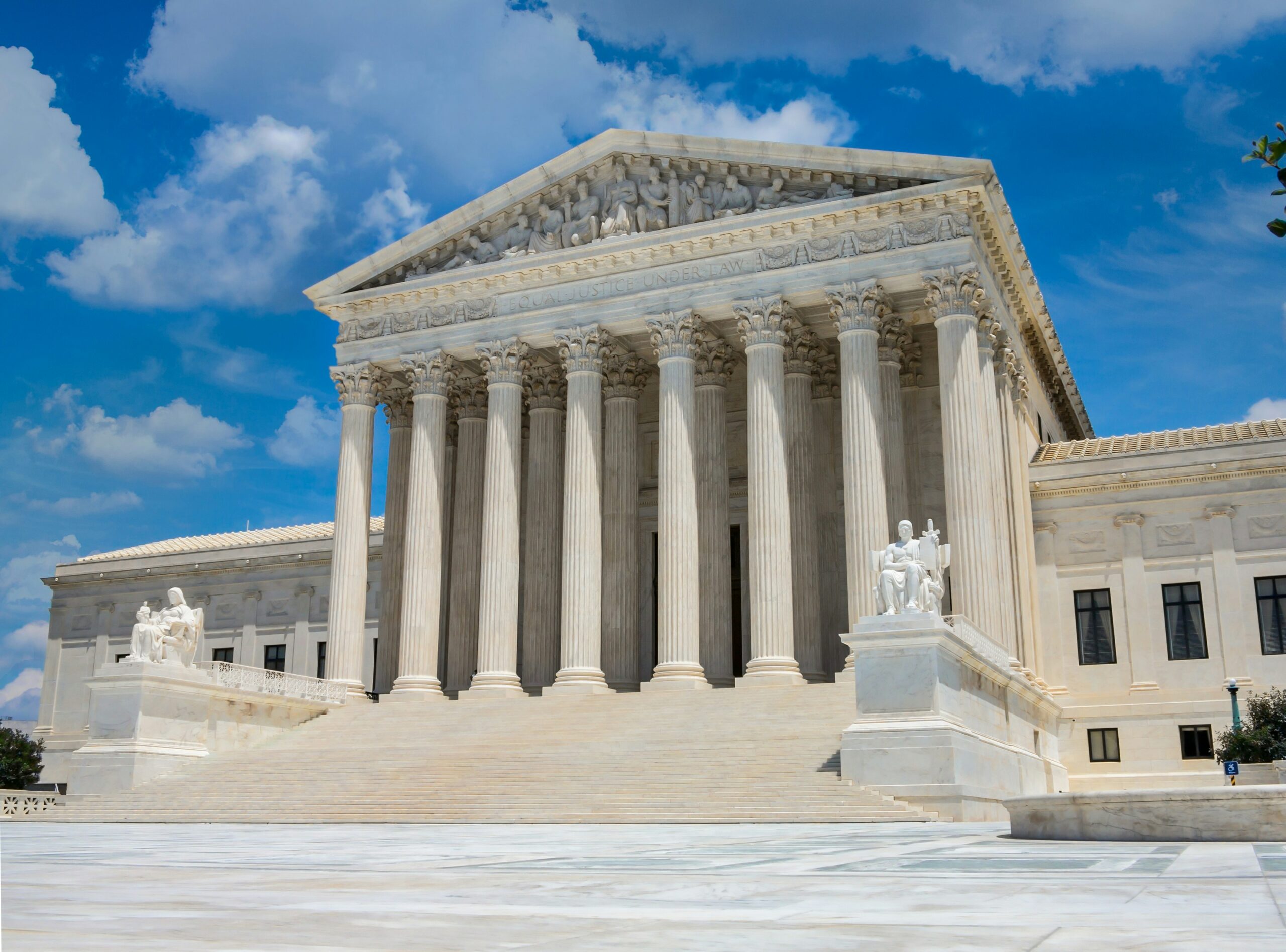The United States Supreme Court announced on Friday that it will hear arguments about the legality of the government-backed RedFlag algorithm, used to evaluate individuals’ eligibility to purchase firearms.
The algorithm was developed as part of an initiative to enhance public safety by preventing firearms from falling into the hands of individuals who were deemed to be high-risk. Using vast datasets that include criminal records, mental health histories, social media activity, and other behavioral indicators, the AI system assigns a “risk score” to prospective gun buyers. If the score exceeds a certain threshold, the purchase is put on hold for additional review, which the plaintiffs claim nearly always results in the denial of their firearm purchase.
The case, formally known as Doe v. United States, was brought by a pseudonymous plaintiff who alleges he was wrongfully denied the right to purchase a firearm due to a high risk score assigned by the algorithm. Doe, a law-abiding citizen with no criminal record, contends that the algorithm unfairly penalized him based on outdated or irrelevant information, including minor traffic violations and innocuous social media posts.
Doe’s legal team argues that the algorithm’s operation violates the Second Amendment by imposing an unlawful barrier to firearm ownership. Furthermore, they claim that the lack of transparency about how the AI makes decisions infringes on Doe’s Fifth Amendment right to due process. “The system acts as judge, jury, and executioner without affording individuals a meaningful opportunity to contest its findings,” says lead attorney Sarah Marshall.
The federal government, however, defends the algorithm as a necessary and effective tool for public safety. Speaking for the defense team, attorney Robert Hayes contends that the AI system is only a preliminary screening mechanism, with human oversight ensuring fairness and accuracy. According to Hayes, the program has already prevented numerous potential tragedies by identifying individuals with significant risk factors before they could purchase firearms.
“The algorithm is a modern extension of existing background check systems, tailored to address the complexities of today’s data-driven world,” Hayes argued in a press release earlier this year during lower court appeals. He also dismissed concerns about transparency, stating that the algorithm’s methodology has been independently audited to ensure fairness and compliance with constitutional standards.
The case comes at a time when AI technologies are increasingly being used in sensitive and high-stakes contexts, from predictive policing to credit scoring and employment decisions. Critics warn that such systems often reproduce and amplify existing biases, leading to discriminatory outcomes.
“Algorithms are only as unbiased as the data they’re trained on,” says Dr. Elena Vasquez, an expert in AI ethics. “If the underlying data reflects societal prejudices or systemic inequalities, the algorithm’s decisions will, too.”
Gun rights advocates also view the algorithm as a dangerous overreach that undermines fundamental freedoms. “This is a slippery slope toward a dystopian future where AI decides who gets to exercise their constitutional rights,” warns David Jenkins, president of the National Firearms Association.
The Court’s ruling could take several forms, including upholding the program, striking it down, or finding a middle ground by mandating greater transparency and accountability for the algorithm while allowing its continued use.
“This case is about more than just one algorithm or one right,” says constitutional scholar Dr. James Harper. “It’s about how we navigate the challenges and opportunities of the digital age while staying true to our democratic principles.”
The Supreme Court’s ruling, expected later this year, will undoubtedly resonate far beyond the courtroom, shaping debates over technology and civil rights for years to come.





